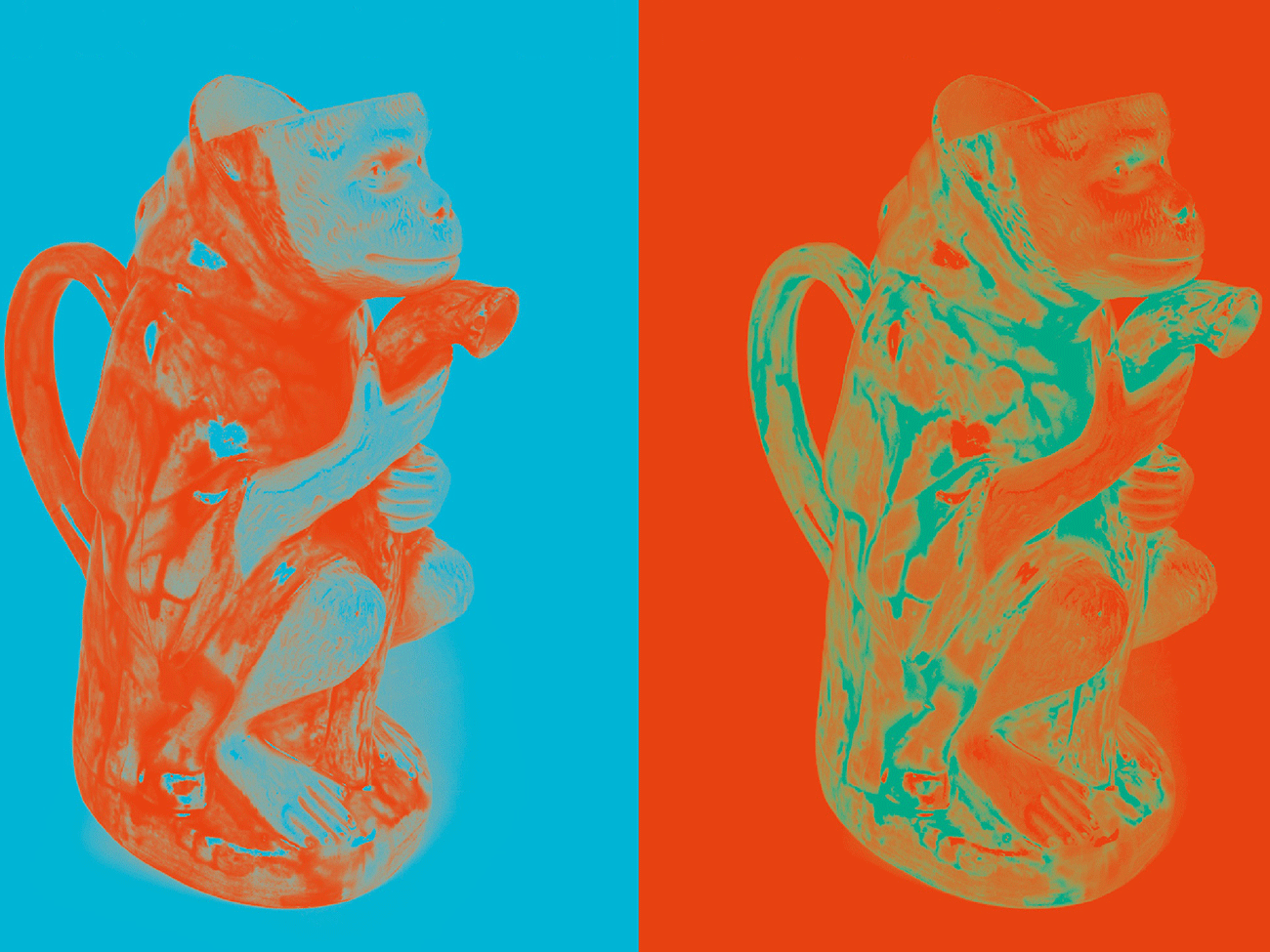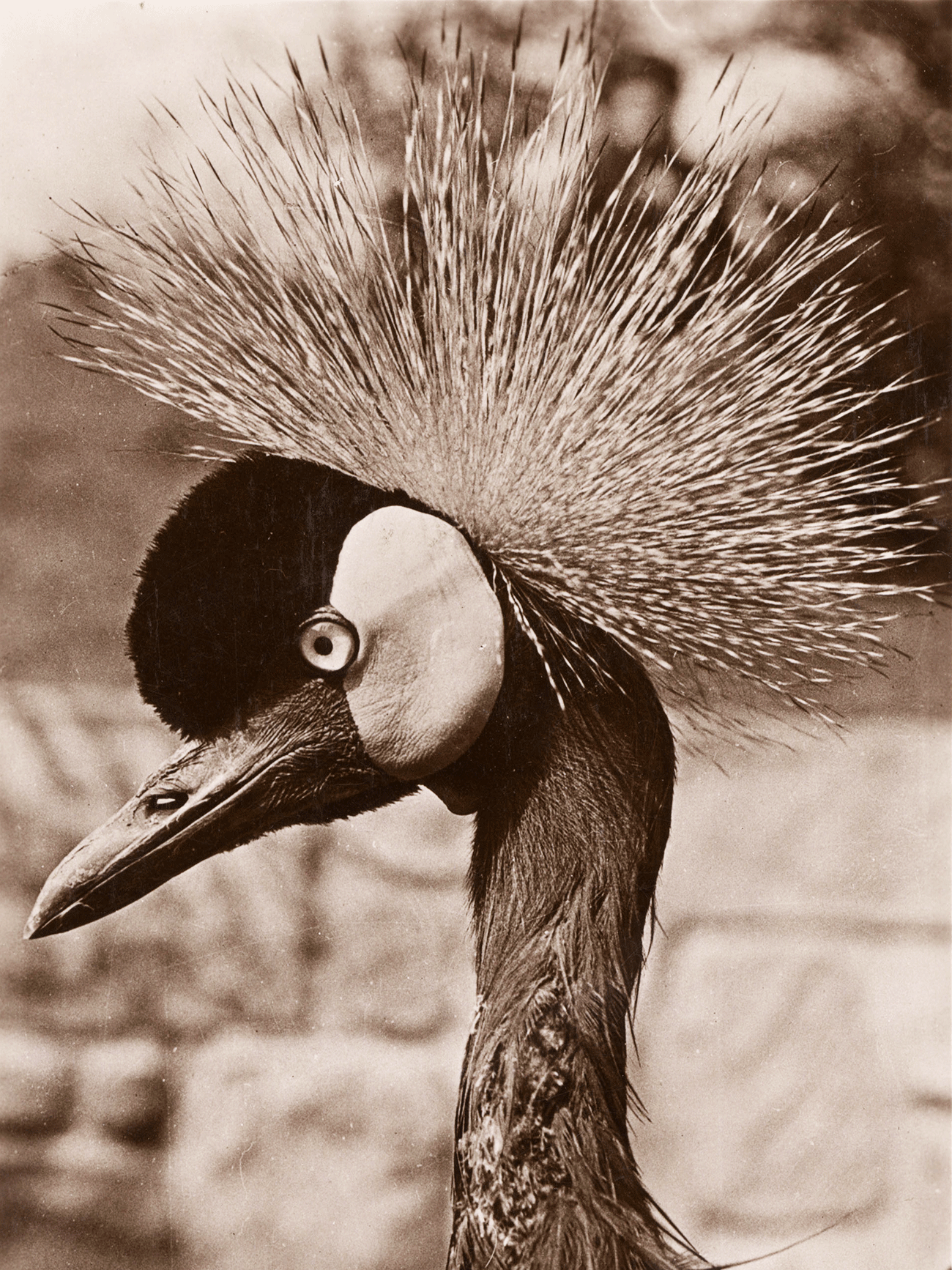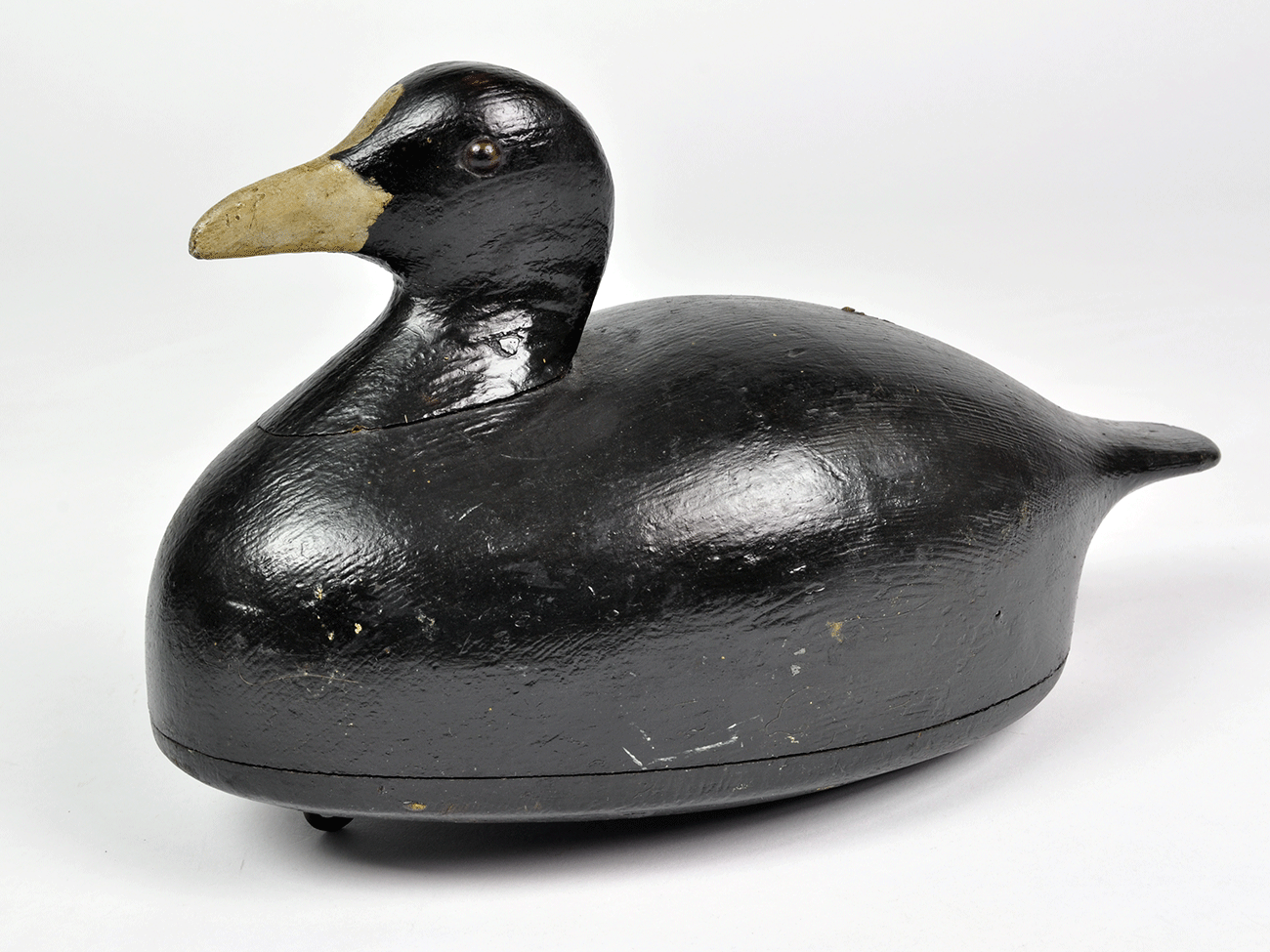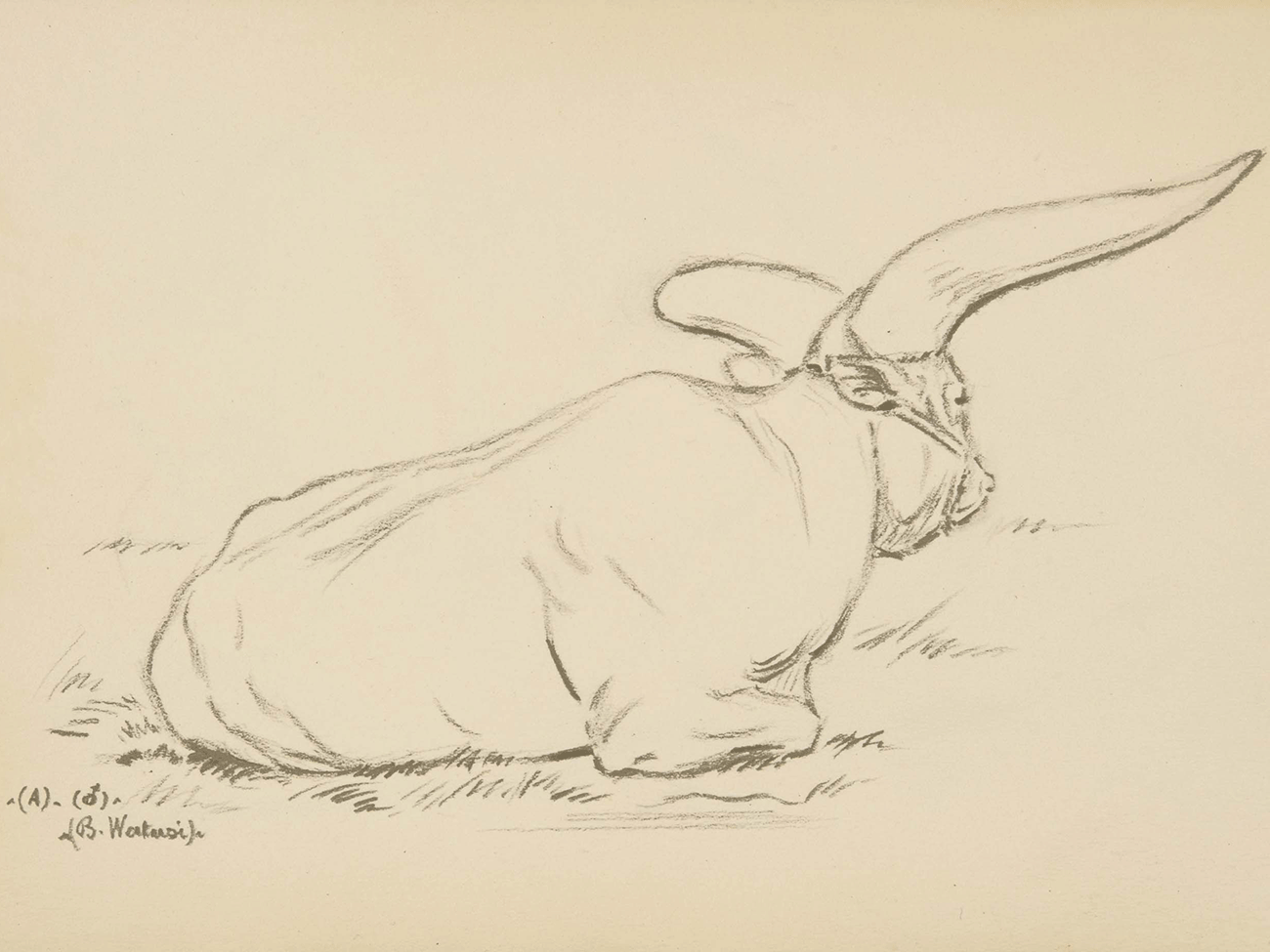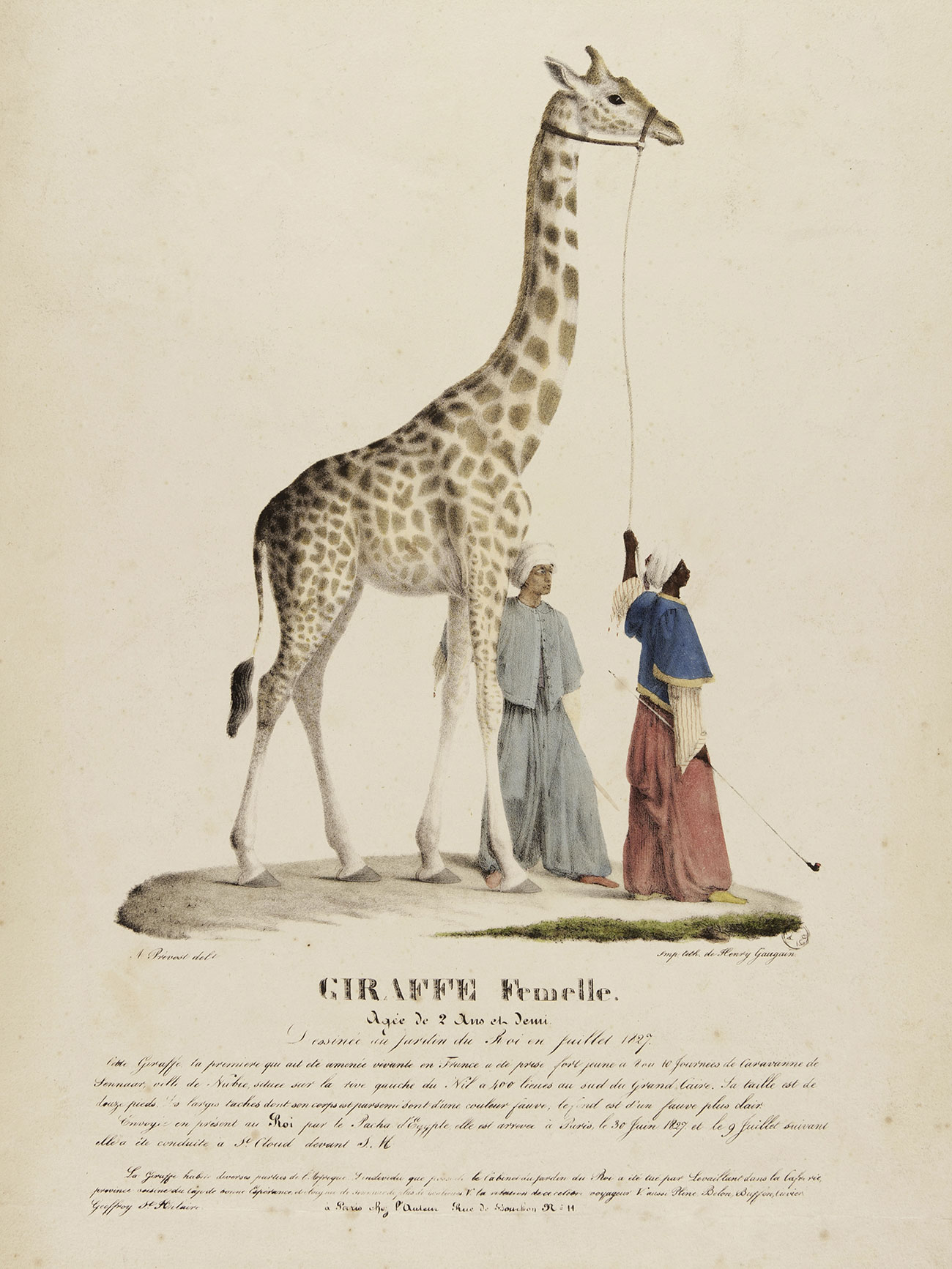Animals from A to Z
Mucem, fort Saint-Jean—
Salle des collections
|
From Wednesday 3 October 2018 to Monday 4 March 2019
From A as in “Noah’s Arch” to Z as in “Zoo” – an animal alphabet made up of items from the Mucem’s collections.
From A as in “Noah’s Arch” to Z as in “Zoo” – an animal alphabet made up of items from the Mucem’s collections.
From prehistory and the age of myths, mankind thinks about and classifies wild and domestic animals according to its interests and needs: useful or harmful, worrying or intriguing, beast of burden or entertainment performers – they populate our daily lives, our imagination and our beliefs.
This exhibition explores the human/animal relationship in European and Mediterranean societies. Via a selection of objects used to exploit, trap or protect animals, it invites us to renew our view of what we make our furry, feathered and scaly companions do or say, with both realistic and fantasy representations.
-
Interview with Frédéric Mougenot, exhibition curator
-
Mucem (M.)
After "Love from A to Z", the Collections Hall at the fort Saint-Jean hosts a new themed exhibition presented in an alphabetical format: "Animals from A to Z". Can you tell us about the principle behind this?
Frédéric Mougenot (F. M.)
Starting from a chosen theme, we illustrate each letter of the alphabet with one or more objects sourced from the collections and archive funds of the Mucem. The aim is to define the same theme in 26 different sections, from A to Z. We made the choice to use specific objects that reveal and express something about the chosen theme, as well as others that are unusual and amusing, but rarely seen. For the Mucem, such exhibitions organised alphabetically allow us to display the richness and diversity of the museum's collections through easily accessible and fun presentations.
M.
What is the message of this exhibition? What do the animals that populate the Mucem's collection have to tell us?
F. M.
The exhibition displays objects that act as a witness to the relationship mankind has with animals. There are so-called "harmful" animals (because humans have decreed they be described as such), animals that we have exploited (for their strength, pelts and flesh), and also those that we deeply appreciate (our pets), as well as others that fascinate us (such as the elephant or the giraffe). We also explore the "symbolic" animal, such as the goat (le bouc) (our animal for the letter B), traditionally associated with demons and the Devil. The exhibition will include a type of amulet that is shaped as a pair of horns on a pedestal. This is used in Italy to ward off the evil eye. This is an object made from something animal – horns – that conjures up another creature, the Devil, which is also horned..
Through animals, the aim is also to highlight the major themes of contemporary societies. This is well illustrated, for instance, with the story of the giraffe Zarafa.
For the letter G as in "giraffe", we are displaying a shaving bowl. This receptacle is placed under the chin to catch shaved hairs, at the bottom of which one can see a giraffe held by a black silhouette. This image is found on numerous supports in the 19th century and is a reference to Zarafa, the first ever giraffe brought onto French soil. It was a gift made in 1827 by the sultan of Egypt, Mehmet Ali, to the king of France, Charles X. After being transported from Alexandria, she arrived in Marseille where she spent the winter, after which she was moved to Paris to be housed in the menagerie of the Jardin des plantes. Throughout her long journey, she drew large crowds and was a genuine phenomenon, to such an extent in fact that one could speak of a "giraffe" fashion that lasted for some years and led to the design and commercialisation of themed products. These were quite numerous. The exhibition will also include a bed warmer decorated with the same image. An animal as unusual as the giraffe also enables us to highlight the advent of derivative fashions and products. It is also proof that this happened before the 20th century!
- Frédéric Mougenot
-
Frédéric Mougenot is a heritage curator at the Mucem. A specialist in Ancient Egypt, he broadened his field to the Mediterranean and Europe by heading the museum's Domestic life section. He has contributed to numerous exhibitions at the Mucem ("The World back-to-front" in 2014, "Divine migrations" in 2015) and elsewhere ("Good fortune & Ill fate" in the abbey of Daoulas in 2016).
